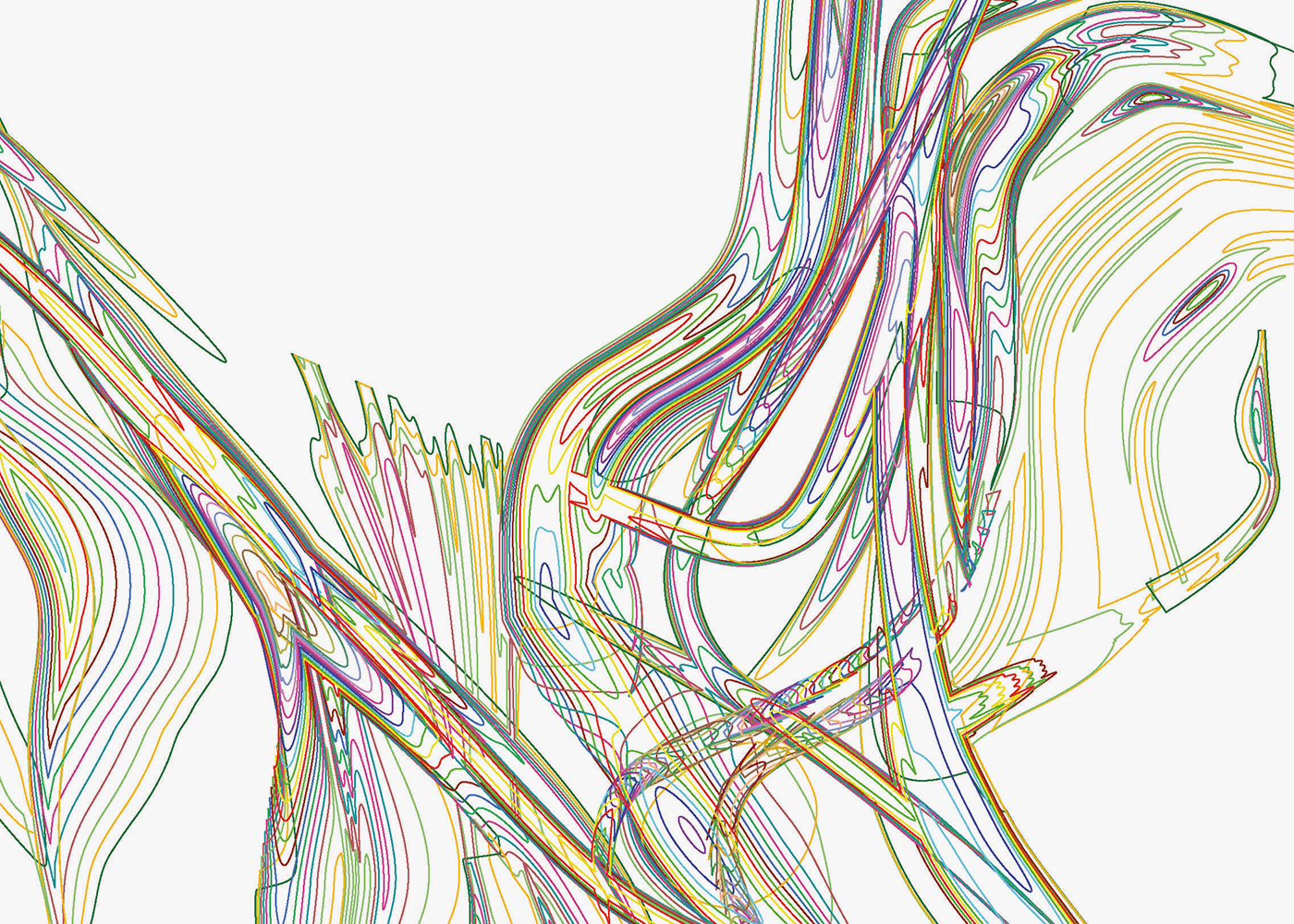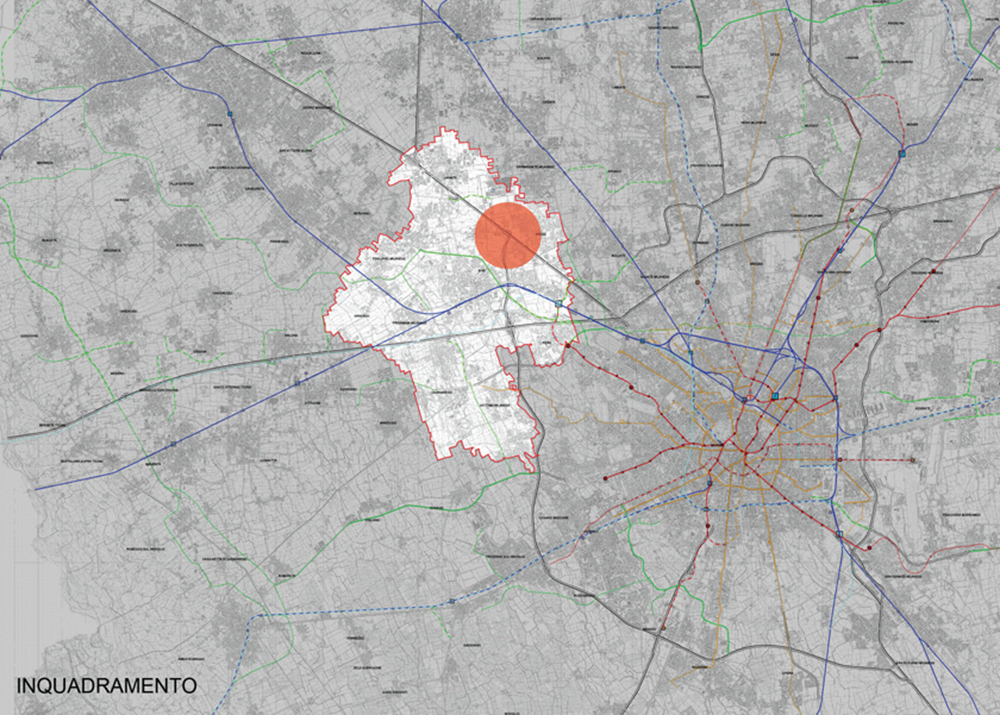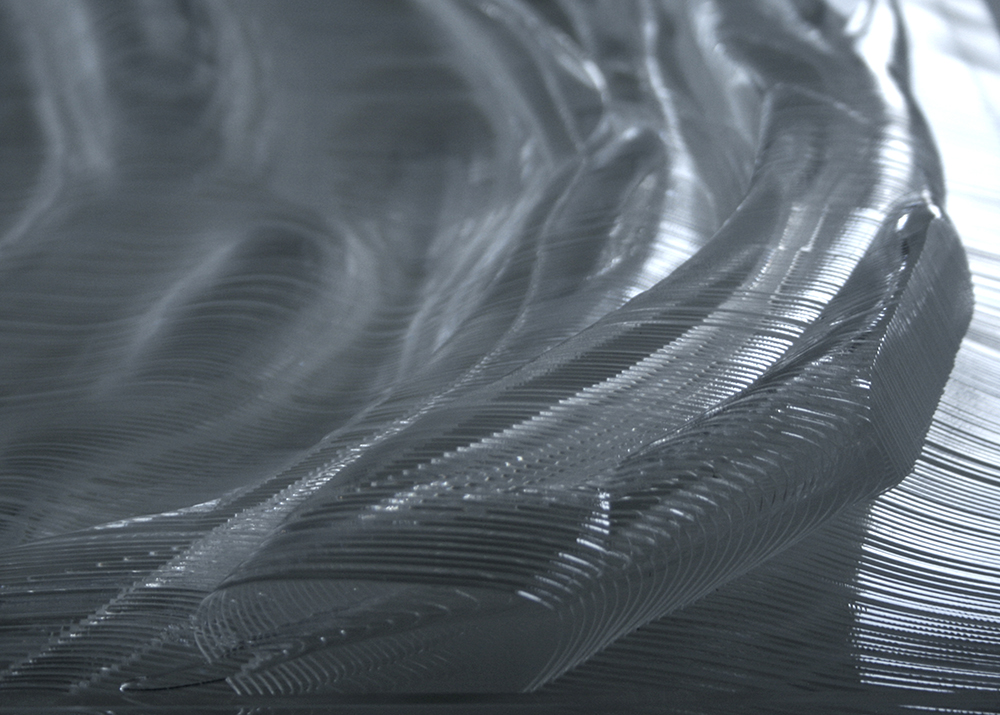hinterland
Year: 2008
Size: 500 ha
Type: research
Location: Milan, Italy
Partner in charge: Federico Ruberto
External collaborators: Anna Lambertini, Paolo Battaglia

This project aims to rethink the concept of territory from a material resource and controlled space available for exploitation to a relational and dynamic element typical of a complex system, trying to overcome the traditional dichotomies between centre-periphery, city-countryside, urban-rural. The proposal focuses on the area of Rho-Pero-Arese, in the North-West of Milan, which shows an interesting mixture of macro-regional infrastructural connections, a natural bio-reserve and several cultural emergencies that are currently abandoned. The territory is typologically discontinuous, spatially fractioned and dissected and it is preserved according to an obsolescent ecological fashion. The remarkable presence of local roads and highways is not clearly considered and embedded in the local territorial ecology and becomes a social-spatial barrier.
Nowadays ring roads, service stations, junctions, underpasses connote increasingly relevant portions of the landscape without being able to define localities, to relate specifically to the sites in which they are engrafted. They often remain quoted as marginal conditions, forgotten and marked as parasitical diseases. The project bears this infrastructural peculiarity as its necessary precondition. By interrelating activities and means of mobility, blending the notion of public and private and enhancing local systems of eco-production, it creates a newly assembled “cyborg”. Hence envisioning a space of mediation, the intervention recovers the otherwise dismembered social tissue.
The new infrastructural piece, with a punctual intervention of reconnection and renovation of the existing facilities, redesigns and arouses a sense of belonging to the physical place one lives in. It spurs the inhabitants, mostly composed by (global) commuters, to repossess the notion of locality, to re-determine creatively their own living modes and spaces. Combining and reconnecting existing natural features (such as the existing canals, the eco-parks, and the agricultural plots), we aim at enriching the potential biodiversity of the area and implanting different economies into a self-regenerating green resource. The types of intervention on the flora and the hydrological system span from the restoration of the living conditions of the riparian vegetation, the establishment of a planitial reforestation, the grafting of green spaces, diaphragms and roofs within the existing urban fabric, the redesign of the water system dynamic expansion and finally the inclusion of phyto-depuration ponds and wetlands. We redesign the urban mobility with the purpose of reducing to the minimum the use of fuel vehicles, creating frequent interchange nodes with eco-sustainable means of transportation (electric cars, bike sharing…).
The amorphous aspect of the masterplan marks a voluntary retreat from a defined aesthetics. The project is an operative framework, a fictional proposal that grounds purposely its essence on the process, welcoming an initial indefinite vague composition. The reconstituted spatial-social tissue, defined by the urban texture, the infrastructure and the space of production, could become a connective and collective ecological incubator that catalyses the local touristic potential and future economy.
传统城市规划往往将物质性资源和可利用空间作为城市发展的绝对因素,该方案对这种方式进行了反思,将城市看作一个不断发展的,不同元素相互作用的复合系统,旨在消除惯有的中心与边缘、城市与乡村、都市与郊区等的二元对立边界定式。 课题的选址位于米兰市西北部的Rho-Pero-Arese,地段内尺度庞大的基础设施、茂密的森林自然保护区以及废弃的建筑物构成了一种奇特的混合空间。 不同类型的地区相互之间联系不够紧密导致的空间支离破碎是该地段的突出问题。城区道路与高速路的存在不仅没有与当地生态系统相协调,还形成了空间上的屏障。如今越来越多的景观基础设施例如城市环路、服务站、交叉路口、地下通道等逐渐占据城市景观的重要部分,然而它们却常因缺乏与本土性的对话,反而成为一种病态的寄生,成为边缘化的元素。
该方案将当地基础设施的特性作为其必不可缺的条件。通过所创造的“机械体”对日常活动与行为方式给进行互相关联、公共空间与私人场所之间互相融合以及加强地区生态系统,以实现对空间的调解,使用介入性的方式修复社区支离破碎的组织形态。新的方案通过对现有基础设施的重组和介入,激发当地居民的归属感,使人们能重新审视他们生活的环境并自发地参与到改善空间品质中来。
我们试图通过整合已有的自然资源(例如现有的运河、生态公园、耕地等)以及植入多样性经济等方式发掘地方生物的潜在多样性以及可持续发展的绿色能源。我们对植被以及水文系统的介入包括修复河岸绿植、制定重新造林的计划、在现有的城市结构里移植绿地、隔膜以及顶棚,对动态性水文系统以及植物净化池、湿地进行重新设计。我们试图通过增加连续有效的环保车租赁点来建立一个绿色出行的交通组织形态,使人们更多的使用电动车、城市自行车等以取代传统的汽车出行方式。
总规设计中我们刻意避免了无序美学定义下的主观臆断,这是一个客观的可以操作的设计空间,是一个基于过程的先导性构想,因此拥有更多继续发展的可能性和充分利用的空间。重组后的社会组织关系,是由城市结构、基础设施以及工业空间共同定义的,同时还能够促进当地诸如生态,旅游等产业的发展。









